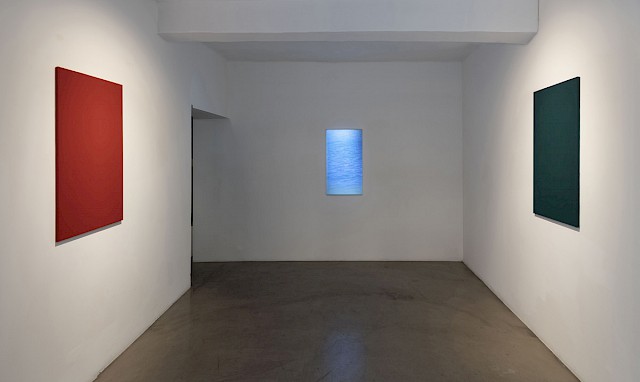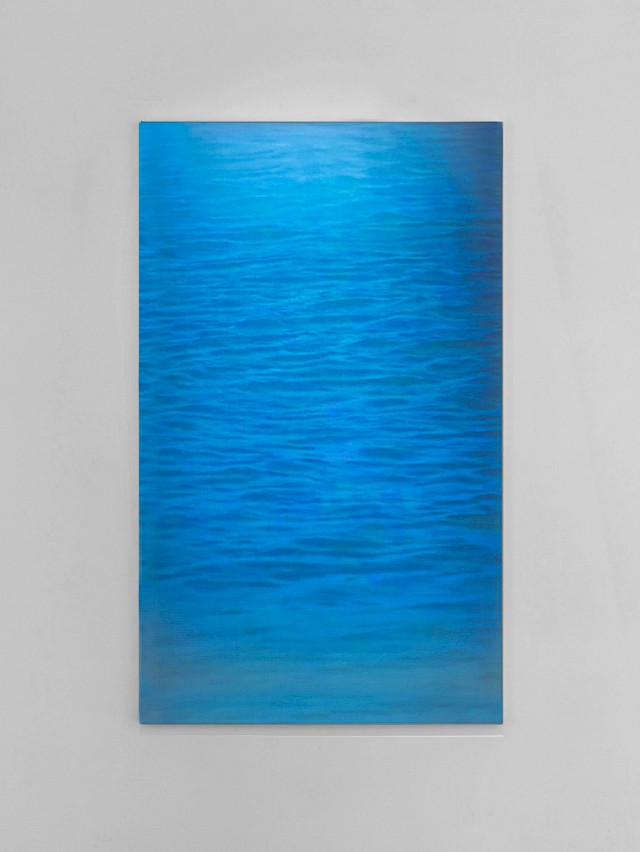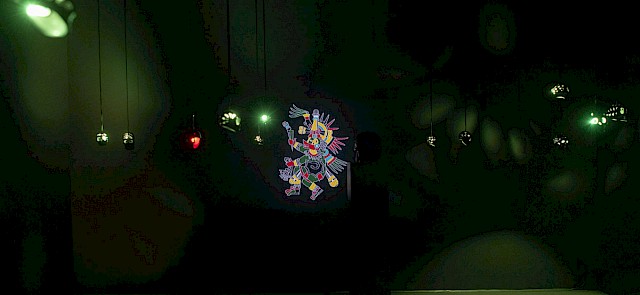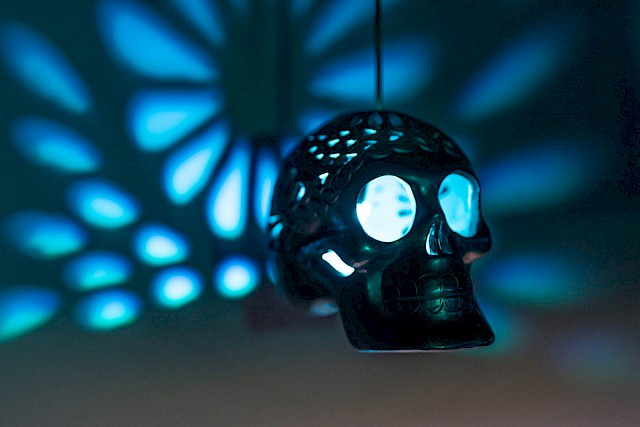Entanglements
14.Dec.19
31.Jan.20

When
14.Dec.19 - 31.Jan.20
Venue
Via dei prefetti, 17
00186 Roma
Downloads
Magazzino is pleased to present Entanglements, the new solo show by Fiamma Montezemolo, curated by Matteo Lucchetti. The exhibition will open to the public on Saturday, December 14, 2019, and will run until January 31, 2020.
The word entanglements expresses the sense of tangling of themes, concepts, and points of view, which arise from our contemporary complexity and the difficulty of extricating oneself from large collective narratives. The knots that are created at the meeting point of historical, political and anthropological stratifications are central to Fiamma Montezemolo’s work. This can be seen in her use of installations as spaces for reorganizing the notions that we associate to images, unraveling the historical constructions that are conveyed with them and revealing their interdependence on the contexts they arise from. Within this new solo show at Magazzino, the artist presents a new production alongside two other recent works. These pieces aim at taking a position with respect to the brutal polarization of public debate around themes such as migration, information, and imprisonment of supposed alterities.
The new installation The Serpent (2019) takes shape after a visit by the artist to the museum in Turin dedicated to the problematic figure of Cesare Lombroso, a nineteenth-century criminologist who based his studies on physiognomy and phrenology, condemning many people to jail for their supposed genetic predisposition to crime. Lombroso was the product of a positivist era where such classification became a pseudo-scientific method of oppression of the masses. In 1876 Lombroso published The Criminal Man, a text examining the role of tattoos as identifying signs that could be used to observe criminal subjects. It used data from over 10.000 people comparing them to “savages and primitives”, thus creating the basis for an arbitrary system of categorization that can still be found today in the current times of “Ur-Fascism”. It also analyzes the symbolism that hides behind some recurrent tattoo drawings, such as the snake. In this work, Montezemolo shortcuts the European primitivist colonial idea, recovering from the Mexican tradition, the figure of Quetzalcoatl, the feathered serpent god. In her video animation, the serpent sees itself being freed from the tangled reptile in the tattooed body of a Lombrosian prisoner, before turning into the Mesoamerican deity of the wind, protector of knowledge and the arts. Furthermore, a series of Oaxacan barro negro skulls illuminate the gallery space. The skulls, through a rituality precious to the artist after years of work within Mexican territories as an anthropologist, pay tribute to the innumerable victims of Western supremacism.
The further installations — Project Perucatti and Green, White, Red (Mediterranean Blue) (2018) — revolve around an artistic inversion of the historical and social processes took in consideration by the artist, who proceeds to construct emancipatory scenarios by transforming the signifiers in question. In Project Perucatti (2018), the starting point is the renowned Bourbon prison on Santo Stefano island, which is among the first architectural structures inspired by Jeremy Bentham’s panopticon, where a single control tower allows to simultaneously control all the cells placed circularly around it, impeding the surveilled prisoners to perceive the gaze of the guards. This system of biopolitical control, has been reproduced in scale by Montezemolo in collaboration with the architect Jose Parral. Inside the central tower, the artist further inserted a screen that shows various images related to simple daily desires that were described in some of the inmates’ letters within the two-centuries timeframe of the prison’s existence. The diaries and the letters chosen by the artist, mostly belonged to political dissidents, (among which Sandro Pertini, and Luigi Settembrini), mainly imprisoned during the fascist era. They wrote about open skies and landscapes, about children playing and other evocations which substitute the sight of control with the projection of the inmates’ desires. The title is a reference to Eugenio Perucatti, one of the last director of the penitentiary (from 1952 until 1960, while the definitive closing of the prison occurred in 1964). Perucatti strongly fought for the abolition of life sentences and for the transformation of the prison experience from a punitive to rehabilitative one.
Finally, the last installation Green White Red (Mediterranean Blue) (2018), creates a more direct relation to contemporaneity, dealing with issues such as national identity, inverting the sovereign nature of citizenship rights’ exclusivity. The white area of the Italian national flag is employed as a projection surface on which it appears an image of the Mediterranean moving: the introduction of the sea, suggests a necessity of acceptance and inclusion towards the migrants who cross its liquid and permeable borders. Herewith, the artist formulates a new hypothesis for Italian identity, employing the codes of twentieth century’s international painting, more specifically of those between the informal and the minimalist movements. Likewise, the red and the green are monochrome canvases which make references to Lucio Fontana, Ellsworth Kelly (Red Yellow Blue II of 1965 is the most direct allusion), and Frank Stella, underlining how migration dynamics are founding and necessary components of the visual production that belongs to the past century. After having developed subversive systems that allow Montezemolo to enact issues of complexity and to convey new visions and associations, it might be established a fresh and transversal reading that ideally links all the three works. The power devices that categorize, imprison and exclude the most vulnerable figures, repeated themselves throughout history with similar strategies, developing entanglements that survive in the institutions that created them. Ultimately, the work by Fiamma Montezemolo reclaims those legacies in order to defuse the toxicity they carry, and to free our perspective from their influence.
Exhibition views










